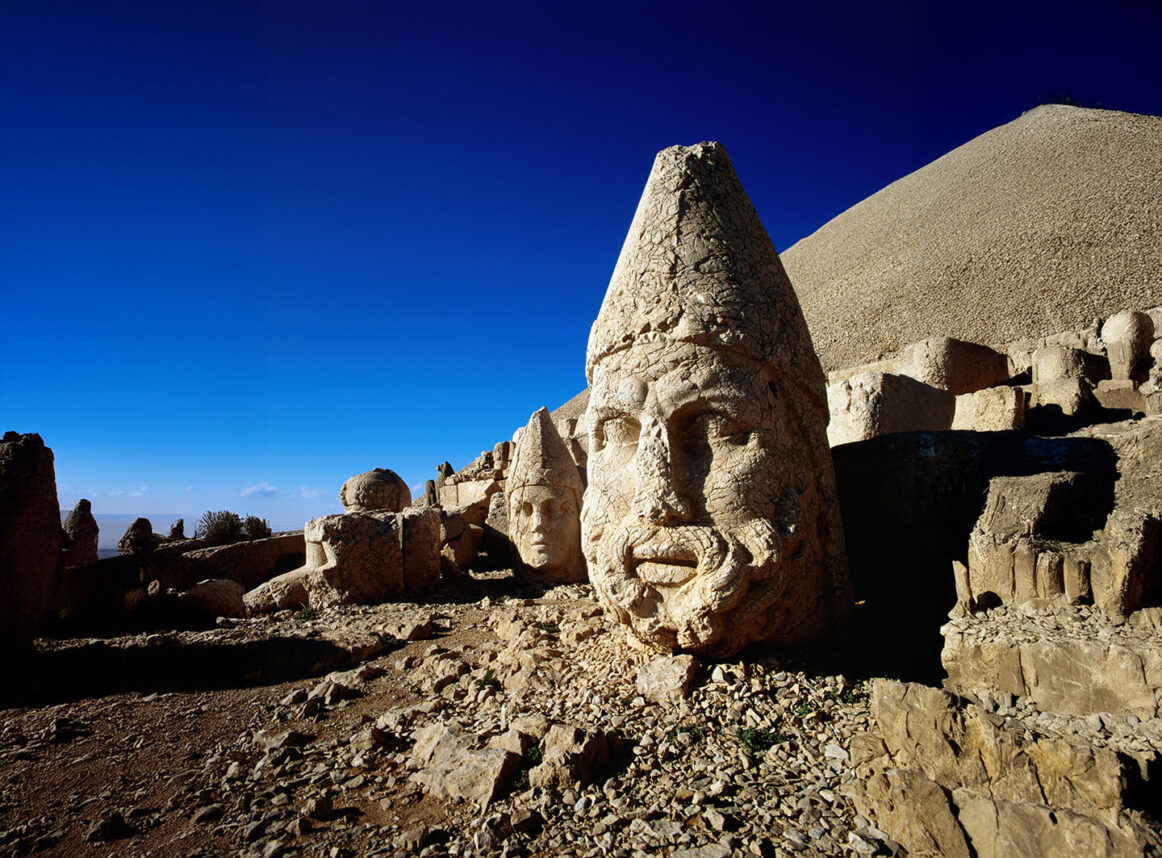We often think of clergy, scrolls, and the synagogue as the realm of the holy. But is the work of all Jewish communal leadership holy? What does it even mean to do holy work?
In searching for a compelling Jewish notion for the holy, we can review many different approaches.
1. Coming Close to the Other —For Chassidim and Kabbalists, many Rabbis were known as HaKadosh (the holy one), since they achieved a spiritual and cognitive level closest to the Divine (as compared to other approaches of holiness dealing with the behavioral realm). For some, holiness means anything having to do with G-d; holiness is about embracing the Other. Levinas took this vertical theology and made it horizontal (embracing the Other includes in its deepest sense embracing the other). Levinas writes: “Holiness represents the moment at which, in the human…the concern for the other breaches concern for the self.”
2. Separatism and Asceticism—For Ramban and Rashi, holiness is more individualistic, concerned with separatism and asceticism. For the Ramban, attaining holiness is about going beyond the letter of the law (naval birshut haTorah) and avoiding excess (she-ni’hi’yeh perushim min ha-mutarot). For many this is about purity, and for others it is about ethics. The rabbis of the Talmud teach that to be holy is to be “poresh mei’arayot”, one who abstains from prohibited sexual acts. Holiness as asceticism goes further. The Vilna Gaon was the exemplar of the concept of “pat bemelach tochal,” that one should subsist on bread and salt. The ultimate asceticism is to separate from the nations of the world (Leviticus 20:26: “You shall be holy to Me, for I, the Lord, am holy, and I have set you apart from other peoples to be Mine”). The Jewish people are considered holy since they have a unique mission.
3. Communal Ethics—Holiness is about community. Jewish law requires a minyan to say kaddish and kedushah and other prayers concerned with holiness. It is not only about giving to others, but also to seeing value and utility in all others (all in the community have a purpose and a way to contribute to building holy community of shared values through partnership). Moshe tells the people: “vli’hi’otkhah am kadosh l’Hashem Elokekhah,” that we be a holy nation to the Lord (Deuteronomy 26:19). There is an individual ethic as well, of course, of “Kedoshim ti’hiyu” (you shall be holy, Leviticus 19:2) is a mandate that each individual should collectively be a holy nation through the emulation of the ways of G-d.
4. The Good for its own sake—Many have claimed that the land of Israel is holy, and thus the Jews must fully own and possess it. Professor Moshe Halbertal has made the opposite claim, arguing that because the land is holy, it is G-d’s and no person or group of people can ever fully take ownership of it. Halbertal has argued that the holy is that which cannot be instrumentalized (i.e., used for political gain) rather the holy is good for its own sake, not to achieve some other benefit. For example, Jewish law says that one cannot pass through a synagogue because it is a faster route, a short cut. The holy is an end in itself, not an instrument for gain. Holiness does not simply exist in the world, rather an act that brings holiness into the world is a creative act. One makes a chillul (desecration) when emptying the value from the valuable and one makes a kiddush (sanctification) when filling a void with that which is true and good.
Of course, none of these models are mutually exclusive. We may or may not buy into them and we could favor portions of these approaches. But as Jewish leaders, we play a role in “meta-holiness” (by providing the space for the synthesis of different approaches of holiness). Whether one is a rabbi, educator, director, philanthropist, academic, social worker, or volunteer etc., when one holds and nurtures the system that enables other individuals and the community to actualize its holiness potential, the leader actualizes a role of meta-holiness. Of course, there must be transparency and accountability when dealing with possible abuses of the holy, especially for those who influence and control our eco-system of meta-holiness. While we should strive to live as individuals along the holy path, and should join and contribute to holy communities, we can also play a role of actualizing meta-holiness, providing sacred space for others to think, grow, and have impact. This is perhaps the pinnacle of holiness when we embrace the humility to create a space for creative holy expressions.
Rabbi Shmuly Yanklowitz is the Founder & President of ” title=”http://shamayimvaretz.org/” target=”_blank”>The Shamayim V’Aretz Institute, the Director of Jewish Life & the Senior Jewish Educator at the UCLA Hillel and a 6th year doctoral candidate at Columbia University in Moral Psychology & Epistemology. Rav Shmuly’s book “” title=”http://www.thedailybeast.com/galleries/2012/04/02/america-s-top-50-rabbis-for-2012.html#slide40″ target=”_blank”>most influential rabbis in America.





















 More news and opinions than at a Shabbat dinner, right in your inbox.
More news and opinions than at a Shabbat dinner, right in your inbox.